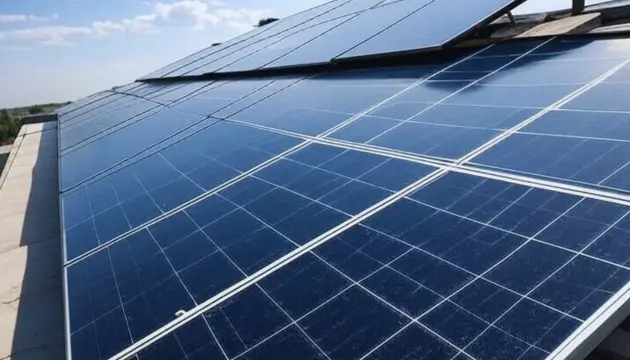ISLAMABAD: Pakistan’s solar net-metering capacity has increased to 2,813 megawatts (MW) as of March 31, 2025 — showing a 12% rise during the first nine months of the current fiscal year, according to the Pakistan Economic Survey 2024-25.
The increase is over 300MW from last year’s capacity of around 2,500MW, as reported in NEPRA’s State of the Industry Report 2024.
Experts say the jump is mainly due to lower solar panel prices and the benefits of net-metering. Under this system, consumers can install rooftop solar panels, sell extra electricity to distribution companies (DISCOs) during the day, and buy power at night. This helps reduce monthly electricity bills and supports the national grid.
The growth in net-metering has also improved voltage stability and reduced power losses in the transmission and distribution system.
However, net-metering still represents a small share of Pakistan’s solar potential. The country has imported solar equipment with the ability to generate 20,000 to 22,000MW in recent years. Much of this capacity is being used off-grid — especially in agriculture, homes, and industries.
As of March 2025, Pakistan’s total installed power generation capacity has reached 46,605MW, showing a 1.6% increase from 45,888MW last year. This includes the launch of the 884MW Suki Kinari Hydropower Project and new progress on solar, wind, and bagasse-based power projects. At the same time, the government has ended some agreements with independent power producers (IPPs).
Currently, 44.3% of the total capacity comes from hydel, nuclear, and other renewable sources, while the share of thermal energy has declined to 55.7%.
Breakdown of renewables shows 24.4% comes from hydel, 7.8% from nuclear, and 12.2% from solar and wind, including net-metering.
— ALSO READ —
Punjab decides to register all restaurants, marriage halls across province
Meanwhile, Khalid Waleed, an energy expert at the Sustainable Development Policy Institute (SDPI), has raised concerns over proposed changes to net-metering tariffs. The government is considering cutting the current buyback rate from Rs27 per unit to Rs10, which Waleed warned could hurt the growth of clean energy. He recommended a gradual reduction to Rs15–18 per unit to keep investors and users engaged.
According to the Indicative Generation Capacity Expansion Plan (IGCEP) 2022–31, the target for net-metering is 3,420MW by 2031. NEPRA believes this target is achievable — or even surpassable — if DISCOs continue to support rooftop solar adoption.














